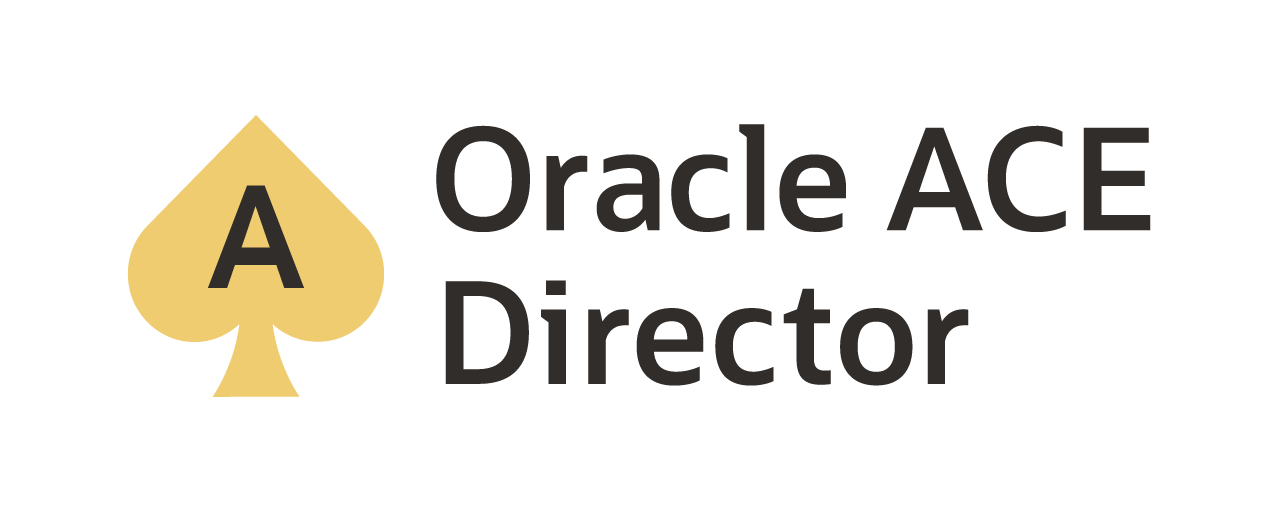Building Oracle #GoldenGate Studio Repository…. a walk through
With the announcement of Oracle GoldenGate Studio at OOW this year, there has been a good bit of interest in what is can do for any Oracle GoldenGate environment. The basics of this new design tool is that it will allow the end user to quickly build out GoldenGate architectures and mappings; however, before you can build the architectures and mappings there needs to be a repository to store this information.
The Oracle GoldenGate Studio is built on the same framework that the Oracle Data Integrator is built on. With this framework, a repository database has to be created to retain all of the architectures and mappings. To do this, you use the Repository Creation Utility (RCU). Unlike ODI, the GoldenGate Studio repository can only be created in Oracle database. The RCU can be used to create the repository in any version of the Oracle Database (EE, SE, or XE).
After identifying or installing a new Oracle database for the repository; the RCU will need to be ran. The steps below will guide you through the creation of the repository needed for Oracle GoldenGate Studio.
Note: The RCU will be ran out of the Oracle GoldenGate Studio home directory.
To run the RCU, you will need to be in the Oracle GoldenGate Studio home directory. In this directory, you will need to go to oracle_common/bin as indicated below. Then execute the RCU from there.
$ cd $GGSTUDIO_HOME/oracle_common/bin
$ ./rcu &
Executing the “rcu” command, will start the RCU wizard to build the repository. The first screen of the RCU will be the welcome screen. Click Next.
Being that this is a new repository, you will want to select “Create Repository” and “System Load and Product Load” options. Click Next.
The next screen of the RCU will ask you for connection information related to the database where the repository will be built. Provide the information and click Next.
While the RCU is attempting to connect to the database, it will run a few checks to verify that the database is supported and can be used for the repository. If you get a warning, this is normal and can be ignored. Once the warning has been ignored, the prerequisites will complete. Click Ok then Next.
The next step of the RCU will allow you to select the components needed for the repository. There are only two main components needed for the repository. “Common Infrastructure Services” (selected by default) and “Oracle GoldenGate -> Repository” (selected by default). Both of these selection will have a prefix of “DEV” by default. This is something that can be changed in the “Create new prefix” box.
Note: I like changing it to GGR (GoldenGateRepository), this way I can keep different schemas in the same repository database.
Just like the database connection prerequisites, the RCU will check for all the items needed. Click OK.
The next screen will ask you for passwords that will be used with the schemas in the repository. You have the option of using a single password for all schemas or specify different passwords. Since this is mostly for testing, a single password works for my setup. Click Next.
The custom variables step will require you to create a password for the Supervisor user. Remember the Supervisior user is a layover from the ODI framework. Provide a password that you would like to use. Also notice that the “Encryption Algorithm” variable is empty. This is meant to be empty, do not place anything here. Then click Next.
Now the wizard will prompt you about information needed to create default and temp tablespaces for the schemas setup earlier in the wizard. Taking all the defaults unless there is something specific you would like to change. Click Next.
The summary page will provide you with the information on items that will be created with the RCU. Click Create and wait for the repository to be created.
Once the “create” button has been pushed, the RCU will begin building the repository.
Upon completion of the repository, the RCU will provide a Completion Summary screen with all the details of the repository build. At this point, you can close out of the RCU by clicking “close”
If you are familiar with any of the Oracle Data Integration tools, this repository wizard is very similar to other products that use a repository (example: Oracle Data Integrator). The repository is a very nice and useful with Oracle GoldenGate Studio because it will be used to keep track of projects, solutions and mapping that you will be working on.
Enjoy!
about.me: http://about.me/dbasolved
Bobby Curtis

I’m Bobby Curtis and I’m just your normal average guy who has been working in the technology field for awhile (started when I was 18 with the US Army). The goal of this blog has changed a bit over the years. Initially, it was a general blog where I wrote thoughts down. Then it changed to focus on the Oracle Database, Oracle Enterprise Manager, and eventually Oracle GoldenGate.
If you want to follow me on a more timely manner, I can be followed on twitter at @dbasolved or on LinkedIn under “Bobby Curtis MBA”.












Can you be more specific about the content of your article? After reading it, I still have some doubts. Hope you can help me.
Hi there! Do you know if they make any plugins to assist with SEO?
I’m trying to get my website to rank for some targeted keywords but I’m
not seeing very good gains. If you know of any please share.
Thanks! You can read similar article here: Code of destiny
I am extremely inspired together with your writing talents as well as with the format to your blog. Is this a paid subject matter or did you customize it your self? Either way keep up the excellent quality writing, it’s rare to look a great weblog like this one today. I like dbasolved.com ! My is: Tools For Creators